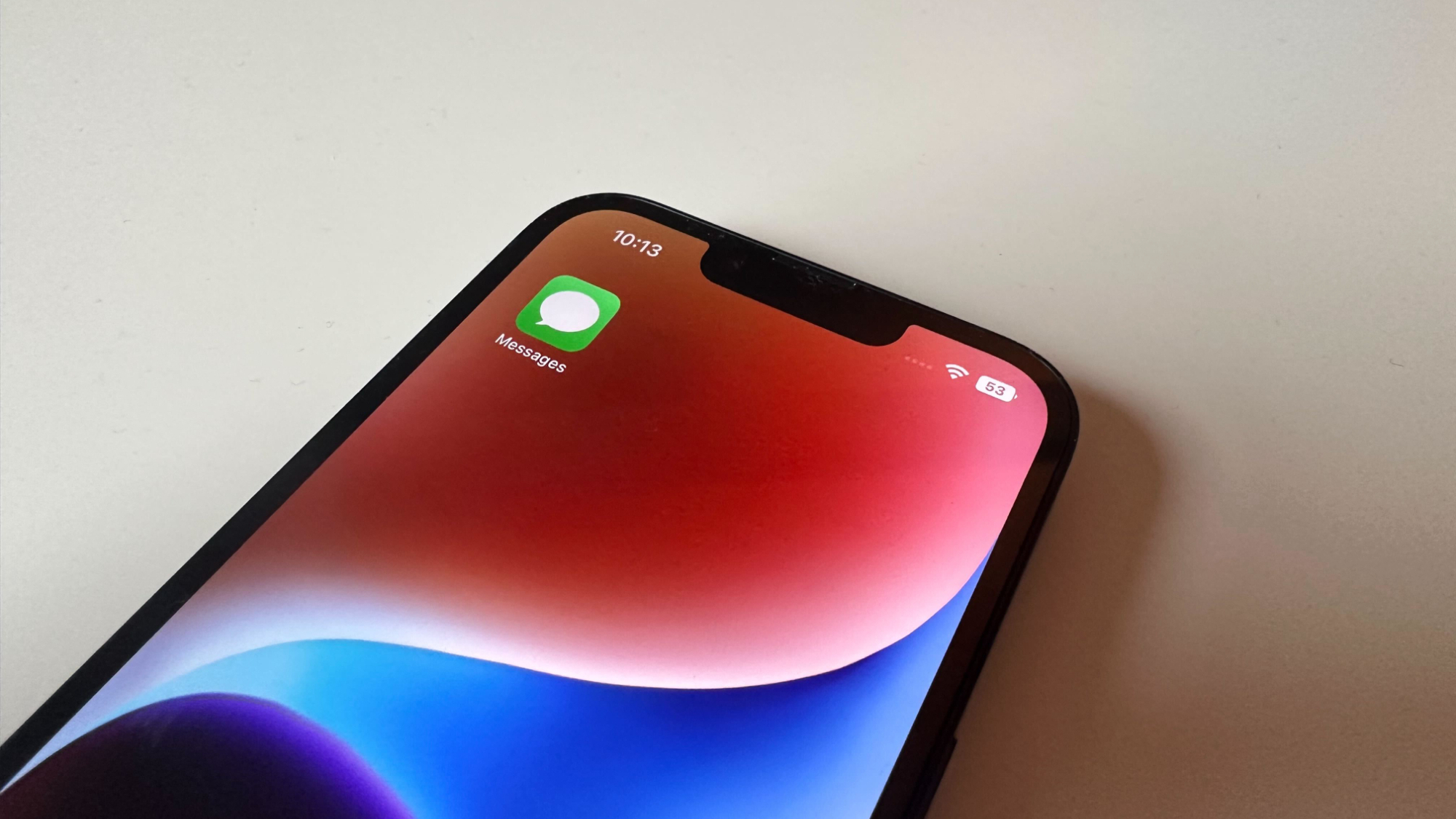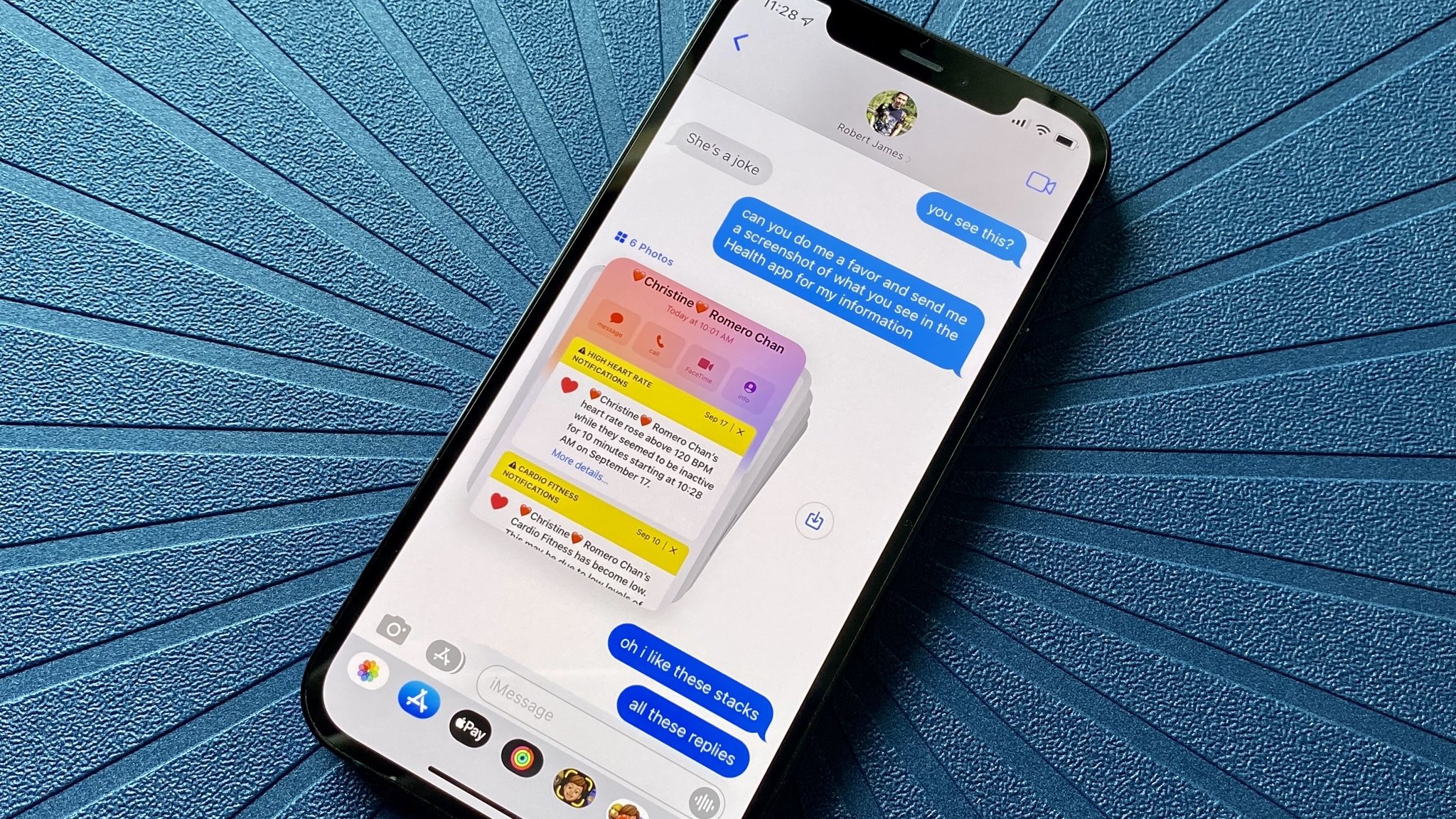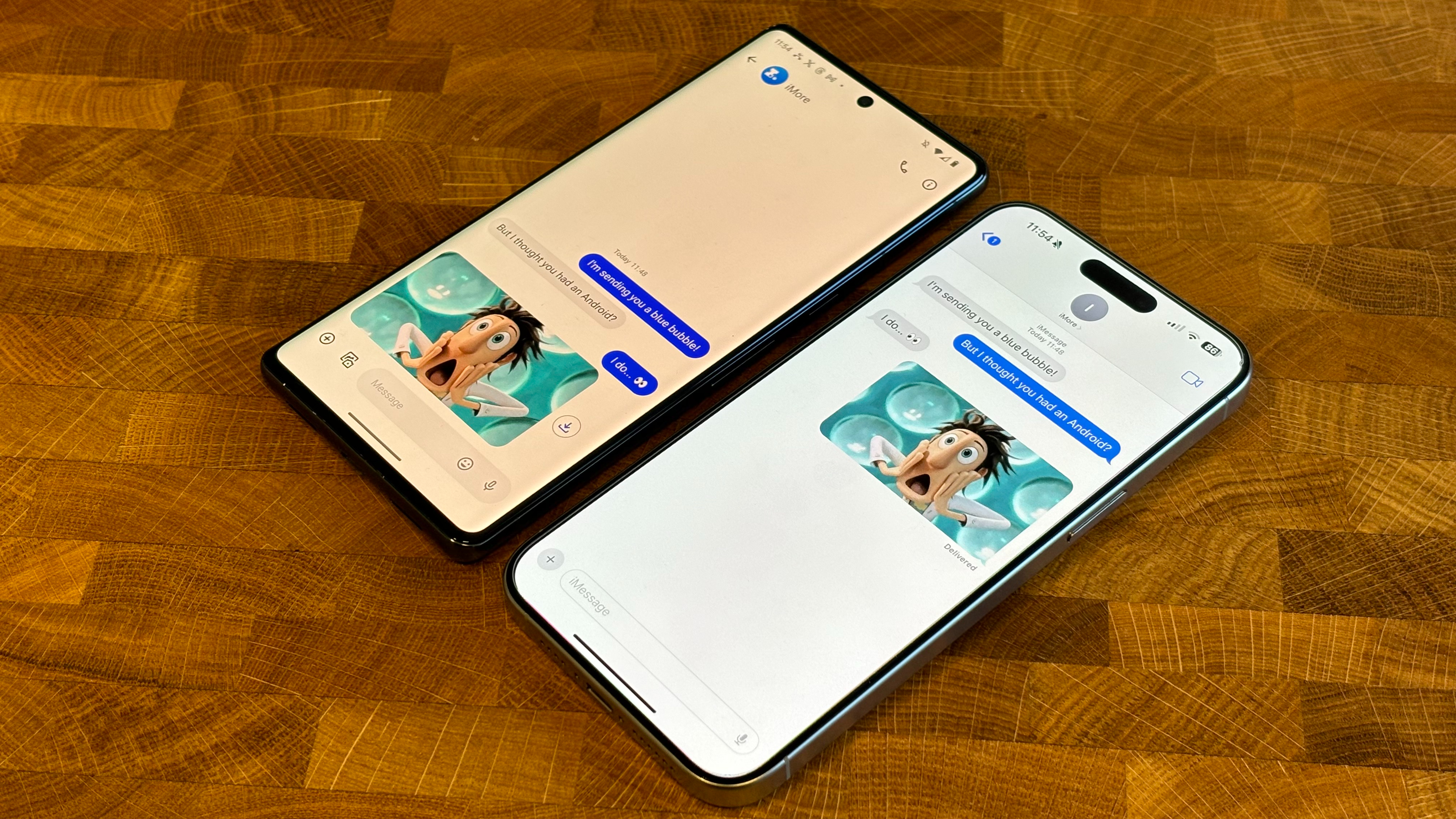What is RCS messaging, and what does it mean for your iPhone and iMessage?
RCS is coming.

If you’ve used a phone, smart or otherwise, in the last few decades you’ll know about SMS, or ‘Short Message Service’. SMS is the underlying technology behind text messages, and it’s been around for a long time, along with MMS - ‘Multimedia Messaging Service’.
Still, a new dawn is coming, with RCS (Rich Communication Services) on the horizon (although it’s actually been around since 2007). With it comes a host of features, and you’ll be able to enjoy all of them on your iPhone when iOS 18 arrives. Here’s what RCS is, and what it means for your iPhone.
What is RCS?

Rich Communication Services slightly predates things like iMessage, but offers many of the same features.
While SMS is restricted to text, and MMS will let you send images, RCS is much more akin to something like iMessage. It offers features like read receipts, the ability to send and receive high-quality media, and things like typing indicators when your recipient is beginning to respond.
Like iMessage and Whatsapp, it also leans on data connections, whereas SMS can sometimes come with usage limits (although the days of getting a set number of texts on your monthly plan are almost a thing of the past).
RCS has been a core part of Android for years, but it’ll soon be coming to your iPhone, too. Google began investing heavily in it a long time ago, but Apple has tended to want to keep iMessage separate.
In fact, Apple finally opening the door to RCS could be down to accusations of a potential monopoly on messaging services on its platform.
iMore offers spot-on advice and guidance from our team of experts, with decades of Apple device experience to lean on. Learn more with iMore!
What does it mean for iPhone users?
Apple wasn’t expected to accept RCS as the new standard but finally confirmed iOS 18 will do so at WWDC 2024.
While the company didn’t linger on it for long, it does bring Android and iPhone users ever so slightly closer together.
Once iOS 18 arrives, conversations with Android users will still be a “green-and-gray bubble” affair (Apple is reserving blue bubbles for iPhone users), but you’ll be able to see more iMessage-like features within those chats.
The aforementioned benefits like typing indicators and high-resolution media may help some users move away from WhatsApp, but it won’t be for everyone.
Some features will remain exclusive, too. Google’s Gemini integration, or editing and unsending messages on iMessage, will stay locked to Android and iOS respectively, but the lines are blurred a little at least.
What about SMS?

Don’t expect SMS to go anywhere. It remains the universal standard, but by default, it appears iOS 18 will lean on RCS in the first instance when you’re texting Android users.
That’s likely to make RCS the default, too, meaning you won’t need to actually do anything to begin using it.
It is worth remembering there’s a whole host of additional features coming to Messages in iOS 18, too. From Genmoji to sending messages via Satellite and additional ‘tap back’ options, it’ll be fascinating to see how much the app changes from one iOS release to the next.

Lloyd Coombes is a freelance writer with a specialism in Apple tech. From his first, hand-me-down iMac, he’s been working with Apple products for over a decade, and while he loves his iPhone and Mac, the iPad will always have his heart for reasons he still can’t quite fathom.
Since moving from blogging to writing professionally, Lloyd’s work can be found at TechRadar, Macworld, TechAdvisor and plenty more.
He’s also the Editor in Chief at GGRecon.com, and on the rare occasion he’s not writing you’ll find him spending time with his son, or working hard at the gym (while wearing an Apple Watch, naturally). You can find him on Twitter @lloydcoombes.
